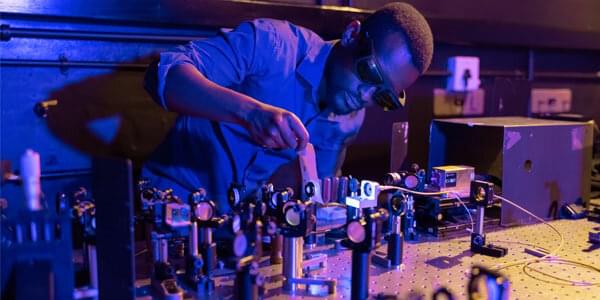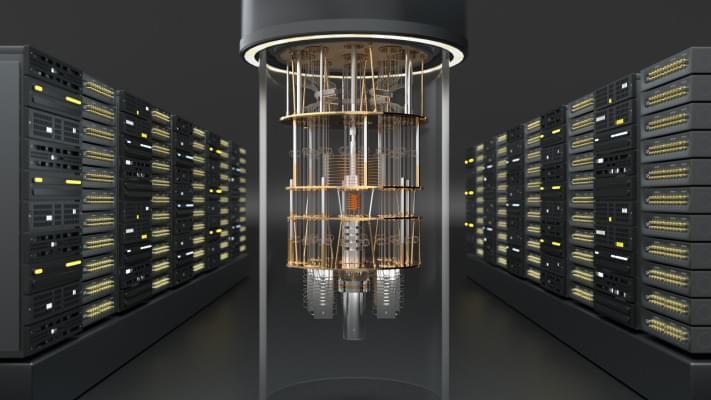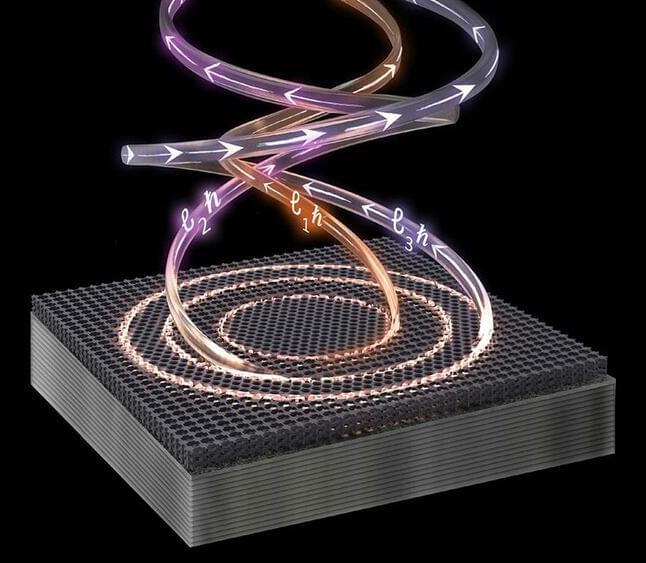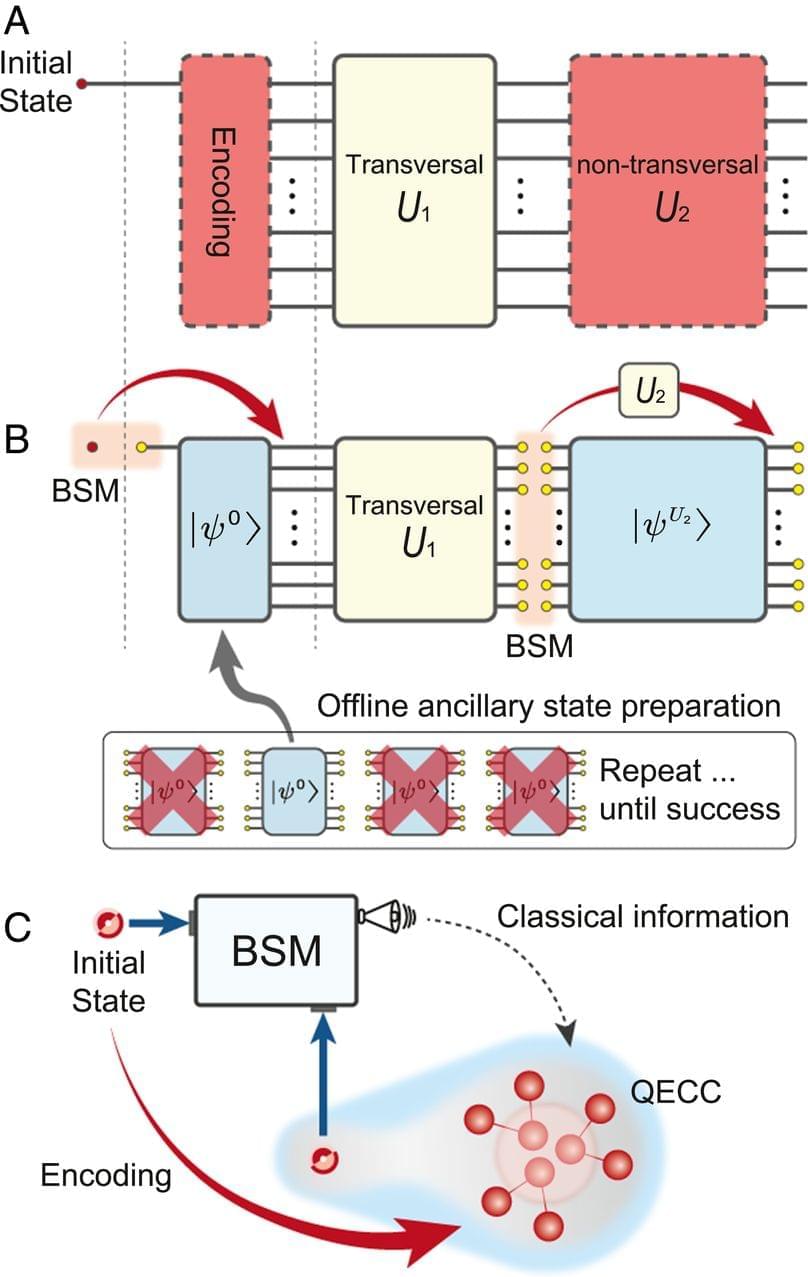Another step on the road towards quantum scalability.



Isaac Nape, an emerging South African talent in the study of quantum optics, is part of a crack team of Wits physicists who led an international study that revealed the hidden structures of quantum entangled states. The study was published in the renowned scientific journal, Nature Communications, on Friday, 27 August 2021.
Nape is pursuing his Ph.D. at Wits University and focuses on harnessing structured patterns of light for high dimensional information encoding and decoding for use in quantum communication.
Earlier this year he scooped up two awards at the South African Institute of Physics (SAIP) conference to add to his growing collection of accolades in the field of optics and photonics. He won the award for “Best Ph.D. oral presentation in applied physics,” and jointly won the award for “Best Ph.D. oral presentation in photonics.”
The price of chips and devices is on track to rise into 2022 as the world’s biggest contract chipmakers are ramping up productions fees.
A new report indicates that the price of chips and devices, in general, are on track to rise into 2022 as the world’s biggest contract chipmakers are ramping up productions fees, which could end up impacting Apple and its chipmaker TSMC.
According to a story from Nikkei Asia, TSMC, which makes chips for Apple, Nvidia, and Qualcomm, always had production fees around 20% higher than its rival. But with the semiconductor shortage, some of its competitors already charge more than TSMC.
Theories that try to explain these big metaphysical mysteries fall short, making agnosticism the only sensible stance.



Quantum Machines, an Israeli startup that is building the classical hardware and software infrastructure to help run quantum machines, announced a $50 million Series B investment today.
Today’s round was led by Red Dot Capital Partners with help from Exor, Claridge Israel, Samsung NEXT, Valor Equity Partners, Atreides Management, LP, as well as TLV Partners, Battery Ventures, 2i Ventures and other existing investors. The company has now raised approximately $83 million, according to Crunchbase data.
While quantum computing in general is in its early days, Quantum Machines has developed a nice niche by building a hardware and software system, what they call The Quantum Orchestration Platform, that helps run the burgeoning quantum machines, leaving it plenty of room to grow as the industry develops.

Researchers at the University of California, Berkeley have outlined details of an optical antenna they claim could provide almost limitless bandwidth.
They suggest the key to the breakthrough is a method of being able to take full advantage of the orbital angular momentum (OAM) properties of a coherent light source, thus enabling multiplexing, or simultaneous transmission.
According to Boubacar Kante, the principal investigator of the Berkeley project “it is the first time that lasers producing twisted light have been directly multiplexed.” He is an associate professor in the university’s Electronic Engineering and Computer Sciences Department, and the initial results of the work have just been published in Nature Physics.

Circa 1991 😀
An Australian company has launched an erasable computer memory chip that retains data when its power source is switched off. The chip could revolutionise the design of computers and other electronic devices by doing away with the bulky magnetic disc memories that are currently used to store data permanently.
Current computers rely on a selection of memory devices. These include chips known as read-only memories or ROMs that store preprogrammed data without power but cannot be erased, and instantly erasable chips that require constant power, known as random-access memory or RAMs. To store more data and programs when the power is off, most computers use magnetics discs.
The new chip is known as a ferroelectric random-access memory or FRAM. If it proves as successful as its developer, Ramtron, claims, it could replace all other types of data storage.

Quantum computers in regular logical computers.
Quantum teleportation and quantum error correction play crucial roles in fault-tolerant quantum computing. Here, we implemented error-correctable quantum teleportation to manipulate a logical qubit and observed the protection of quantum information. Our work presents a useful technology for scalable quantum computing and can serve as a quantum simulator for holographic quantum gravity.
Quantum error correction is an essential tool for reliably performing tasks for processing quantum information on a large scale. However, integration into quantum circuits to achieve these tasks is problematic when one realizes that nontransverse operations, which are essential for universal quantum computation, lead to the spread of errors. Quantum gate teleportation has been proposed as an elegant solution for this. Here, one replaces these fragile, nontransverse inline gates with the generation of specific, highly entangled offline resource states that can be teleported into the circuit to implement the nontransverse gate. As the first important step, we create a maximally entangled state between a physical and an error-correctable logical qubit and use it as a teleportation resource. We then demonstrate the teleportation of quantum information encoded on the physical qubit into the error-corrected logical qubit with fidelities up to 0.786.